The value of Research and Development of explosives for the Delta Force
- By George Hand
Share This Article
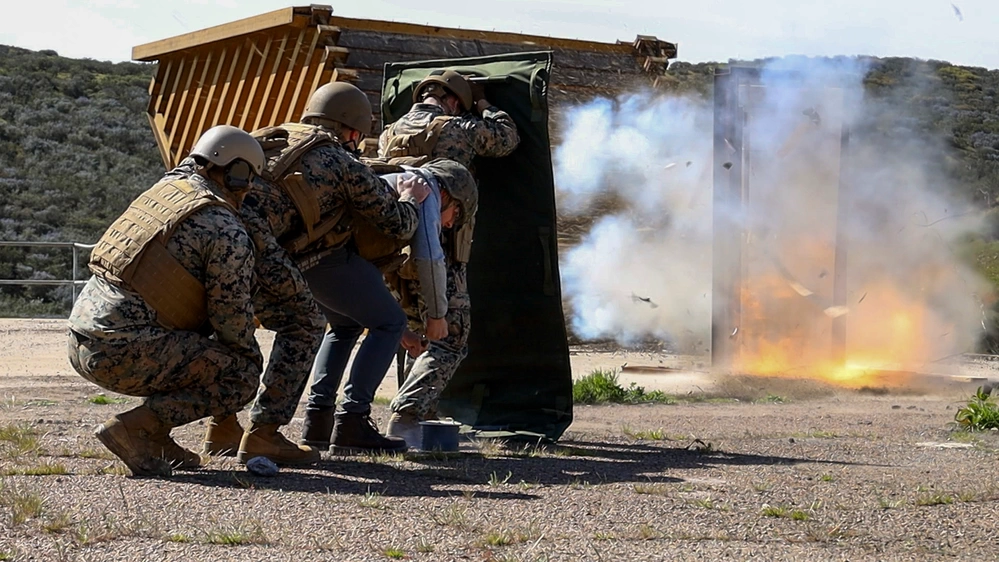
Delta Force is heavy into the use of explosives – more importantly, the research and development of explosive charges as primary means of surgical breaching. One of the least understood aspects of explosives is the sheer power produced by the rapid expansion of an explosive substance contained in a rigid device.
I cringe when I look back at the quantity of and the many times I have taken explosive charges into an assault on an enemy objective. At the time, the charges were just more weight added to my already cumbersome assault load. If I had taken a moment to assess the deadly potential I was lugging, I would certainly have been horrified by it.
Take the commonly used explosive distraction device, the flash-bang. The single flash bang, or banger, is roughly the size of a soup can. It is tossed into a room just ahead of an assault force, with intent to momentarily disrupt and confuse the room’s occupants. This gives the assault force the critically-needed upper hand in a combat situation.
A basic load of bangers is about six to eight each. On a particular target in Europe I deployed with a butt pack of 30 bangers attached to my chest. Even if one of those bangers exploded against my body it would have been sufficient to cause grave injury; 30 would have left behind nothing but a cloud of dust shaped like a tombstone. I thought nothing of it at the time, other than that I was going to seriously light up the target with intense flashes and ear-splitting explosive bangs.
For a different target, our breacher had an explosive charge designed to cut a solid core wooden door in half diagonally, prematurely detonate in the stack of assaulters outside of the breaching point. The explosion cartwheeled him, drove his head into the ground, and blew the pants off of the man standing behind him – not to mention peppering the rest of us with dirt and rocks from the piece of ground the breacher was standing on.
The man’s name was Bailey, and the charge he had designed was affectionately named the “Bailey Blaster.”
Related: Delta Force’s approach to medical training
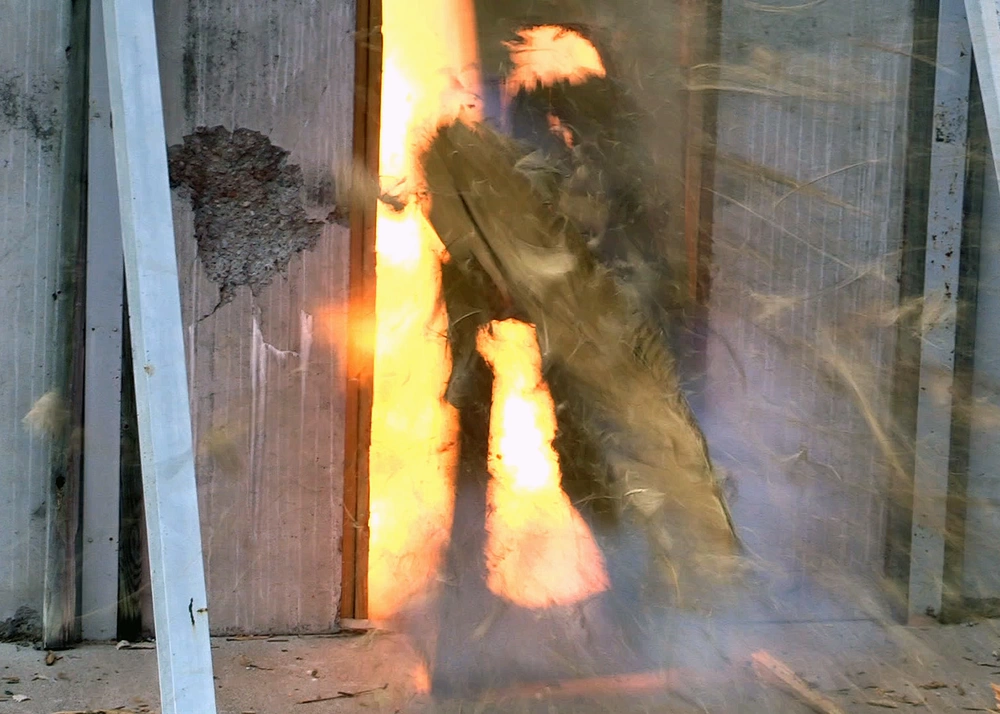
I’m put in mind of a target we assaulted in a high-rise building in Jackson, Florida. The protocol for implementing an explosive charge against a door with a steel cover was for all assaulters to be behind protective cover when the charge went off. Typically, there is a five second delay between initiation and explosion. In this case, all men were behind cover. Though the breacher was behind a beam that protected all of him but about two inches of his buttock, which protruded in sight of the charge’s blast.
Two inches was all the charge needed to seek out and penetrate the man’s buttock with a 5/8- inch piece of hot steel from the door. The chunk of steel was imbedded in the breacher’s butt, sending him twisting and twirling in a wild dance of pain. The piece of shrapnel had to be surgically removed. Inspection upon removal showed the section of his combat trousers covering the wound had been explosively etched onto the chunk of metal.
The man, whose name was Chomsky, had the charge named after him as the “Chomsky Ass Charge.” The event gave way to brief back statements such as: “and we intend to gain primary explosive entry by way of a C4 Chomsky Ass Charge.”
Explosives can have grossly unpredictable results. That is mainly why Delta researches and develops explosives as much as it can. The goal is to gain as much understanding as possible on the potential results of an explosion in order to preclude collateral casualties.
An explosive door charge entry is designed to breach a door of specific composition in a way that doesn’t injure any friendly persons potentially on the other side of it. Hence the term “surgical explosive entry.”
For example, early versions of the solid core wooden door blast would sent saber-sized shards of wood penetrating into the wall on the opposite side of the room making it too dangerous for any potential friendlies. So R&D enabled the charge’s size and shape to safely blast open a full wooden door with no ill effects to the persons just on the opposite side of the door.
By Almighty God and with Honor,
geo sends
Feature Image: U.S. Marines with Marine Wing Support Squadron (MWSS) 373, Marine Aircraft Group 11, 3rd Marine Aircraft Wing, and Paddy Pimblett, a mixed martial artist, brace as a door breach detonates on East Miramar, California, Feb. 16, 2023. Pimblett received a hands-on explosive ordinance disposal (EOD) experience, including explosives handling, breaching, and gear utilization. Pimblett, a Liverpool, United Kingdom, native, spent time with U.S. Marine Corps units to showcase a unique side of their challenging training. (U.S. Marine Corps photo by Cpl. Daniel Childs)
Read more from Sandboxx News
- SOCOM wants its secretive Long Endurance Aircraft drone to be able to launch smaller drones
- White House pauses Navy’s F/A-XX next-gen aircraft. Is this the way forward?
- The U‑2 spy plane just made history again by breaking two more records
- Serbia’s unique Zastava M21 – Service rifles from around the world
- 7 strategies to stay positive in your military (or in any) career
Related Posts
Sandboxx News Merch
-

‘Sandboxx News’ Dad Hat
$27.00 Select options This product has multiple variants. The options may be chosen on the product page -

‘AirPower’ Golf Rope Hat
$31.00 Select options This product has multiple variants. The options may be chosen on the product page -

A-10 ‘Thunderbolt Power’ Poster
$22.00 – $28.00Price range: $22.00 through $28.00 Select options This product has multiple variants. The options may be chosen on the product page
George Hand
Master Sergeant US Army (ret) from the 1st Special Forces Operational Detachment-Delta, The Delta Force. In service, he maintained a high level of proficiency in 6 foreign languages. Post military, George worked as a subcontracter for the U.S. Department of Energy (DOE) on the nuclear test site north of Las Vegas Nevada for 16 years. Currently, George works as an Intelligence Analyst and street operative in the fight against human trafficking. A master cabinet-grade woodworker and master photographer, George is a man of diverse interests and broad talents.
Related to: Special Operations
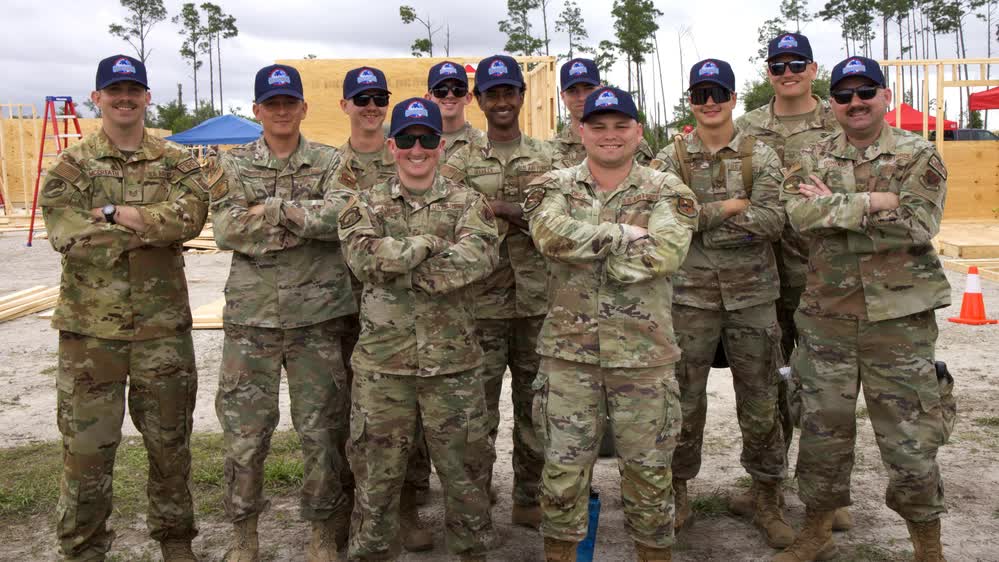
7 strategies to stay positive in your military (or in any) career
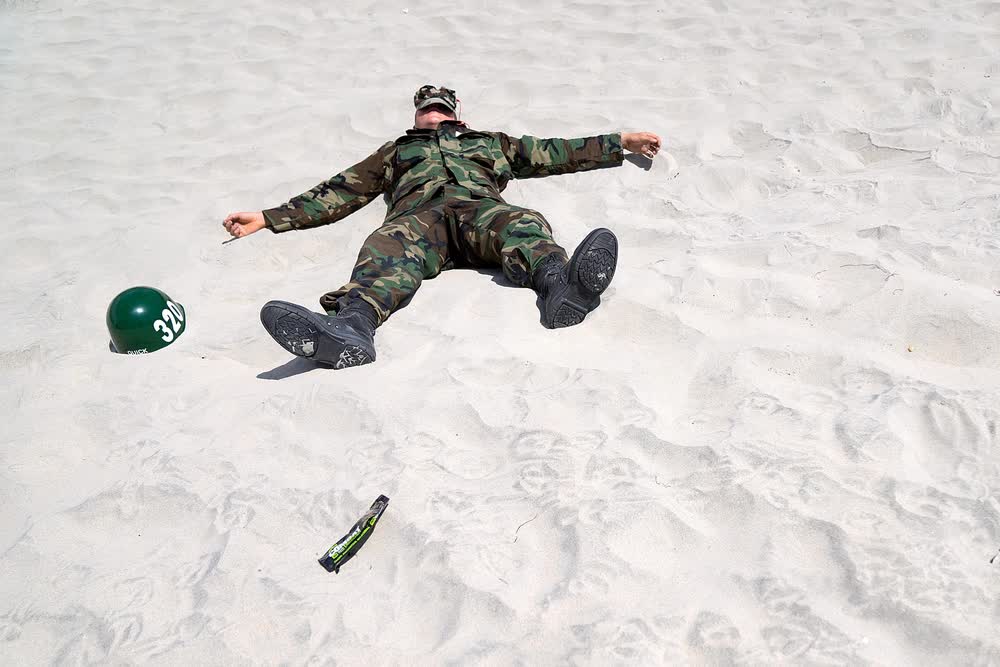
How Navy SEAL candidates recover after Hell Week
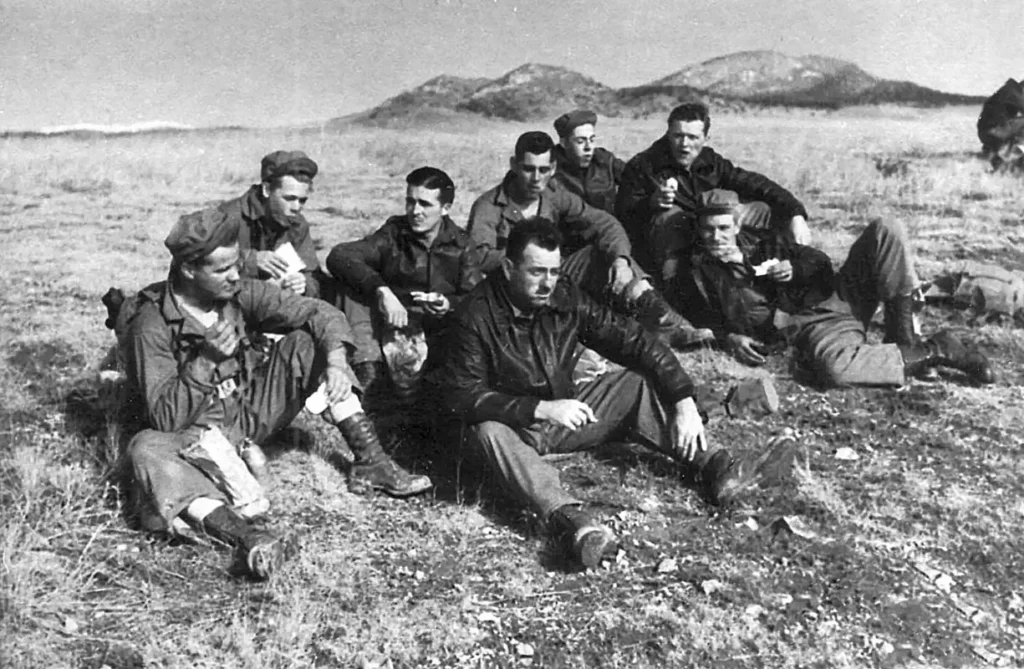
First Special Service Force was a unique World War II Americano-Canadian commando unit

Sandboxx News
-

‘Sandboxx News’ Trucker Cap
$27.00 Select options This product has multiple variants. The options may be chosen on the product page -

‘AirPower’ Classic Hoodie
$46.00 – $48.00Price range: $46.00 through $48.00 Select options This product has multiple variants. The options may be chosen on the product page -

‘AirPower’ Golf Rope Hat
$31.00 Select options This product has multiple variants. The options may be chosen on the product page -

‘Sandboxx News’ Dad Hat
$27.00 Select options This product has multiple variants. The options may be chosen on the product page
